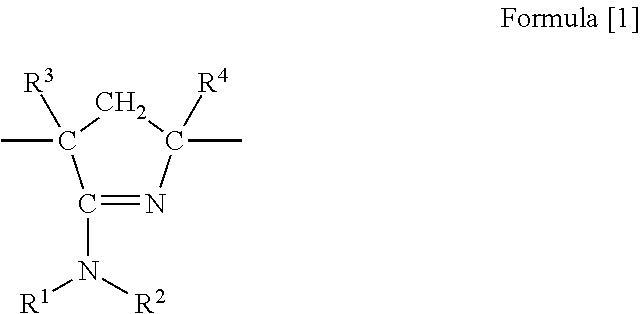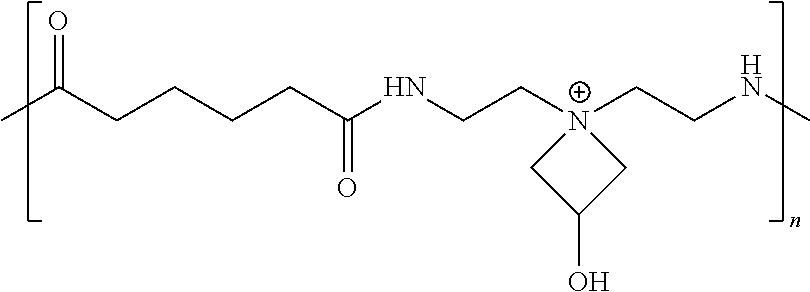Pre-treatment composition for inkjet printing
a technology of pretreatment composition and inkjet printing, applied in the field of inkjet printing, can solve the problems of substantial loss of optical density, intercolor bleed, ink retransfer, etc., and achieve the effects of high pigment density and color gamut, low grain and mottle, and high printed image quality
- Summary
- Abstract
- Description
- Claims
- Application Information
AI Technical Summary
Benefits of technology
Problems solved by technology
Method used
Image
Examples
examples
[0065]Pretreatment coating compositions were tested on a glossy coated paper Sterling Ultragloss (80 lb basis weight). As received from the manufacturer, the receiver is already coated with a coating designed for conventional offset printing. Samples of Sterling Ultragloss were treated with aqueous compositions applied by No. 2.5 wired rod and were dried with a hot-air gun to provide a dry weight coverage of approximately 0.5 g / m2. The coated samples were then printed with polymeric anionic dispersant dispersed pigment-based KODAK PROSPER Inks with a No. 2.5 wired rod. Printed samples were evaluated for image durability by dry rub and wet rub evaluation procedures.
[0066]The dry rub test is performed as follows: A. Load the test sample onto the bottom foam plate of a Sutherland rub tester. B. Load a 4 lb weighted arm with unused Data Speed Laser MOCR paper (manufactured by International Paper) making sure the paper is taut over the foam section. C. Attach the 4 lb weighted arm to the...
PUM
| Property | Measurement | Unit |
|---|---|---|
| wt % | aaaaa | aaaaa |
| wt % | aaaaa | aaaaa |
| basis weight | aaaaa | aaaaa |
Abstract
Description
Claims
Application Information
 Login to View More
Login to View More - R&D
- Intellectual Property
- Life Sciences
- Materials
- Tech Scout
- Unparalleled Data Quality
- Higher Quality Content
- 60% Fewer Hallucinations
Browse by: Latest US Patents, China's latest patents, Technical Efficacy Thesaurus, Application Domain, Technology Topic, Popular Technical Reports.
© 2025 PatSnap. All rights reserved.Legal|Privacy policy|Modern Slavery Act Transparency Statement|Sitemap|About US| Contact US: help@patsnap.com



